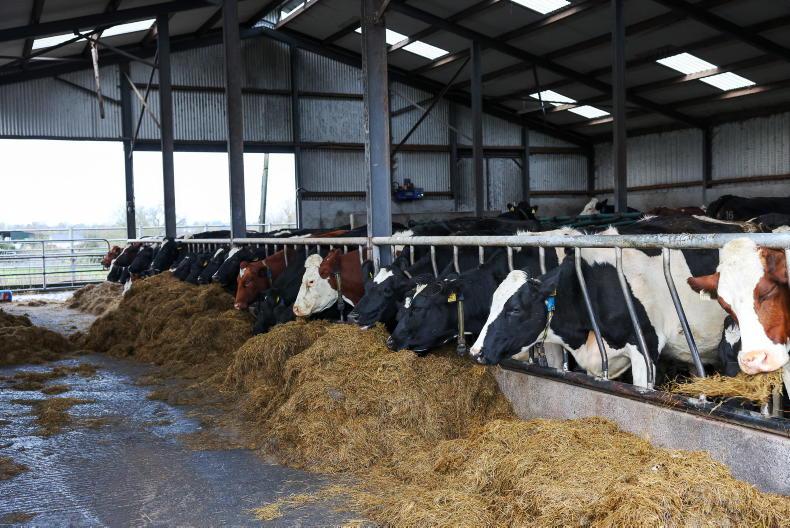Most of the standard practice on our farm today came about accidentally or through learning the hard way, often taking a hit financially.
Since I left college I’ve kept a basic farm diary. There are three of them on the kitchen table at the moment. This year’s, last year’s and the one from 2013. It physically stands out as it is a different size to all the other diaries I have.
There was a period of 10 days in March when I felt a cold sweat every morning going to the shed
The spring of that year is etched in my memory for all the wrong reasons. It was horrendous and it created a relatively conservative approach to stock numbers on the farm.
Before the cold snap hit in April that year, things started to go wrong.
There was a period of 10 days in March when I felt a cold sweat every morning going to the shed as we came to grips with the effects of rumen fluke and rotavirus on the cows and calves. There was a vet in the yard every day for a week.
On the grass side, fertiliser was put out at the first opportunity and the spring grazing rotation planner was followed, with the first round finished around 10 April.
Then the cold winds from the north and east picked up and there wasn’t much for the second rotation.
After the health issues, we had to clear sheds once we got a chance so it was a case of feeding silage outside and giving the calves different options to find shelter from the biting winds.
We had similar late springs here in 2014 and 2017, so we were more prepared.
The fertiliser, grazing dates and numbers of stock out this year are almost the same as 12 months ago.
The big difference in 2018 is that some cows were housed earlier and extra silage was fed during the snow week, meaning feed stocks are a month behind where they were in 2017.
Presently, the yearling heifers are on-off grazing for the most part. If the overnight forecast is good, they stay out, and if rain is on the way, they come in.
It’s the same story with the calved cows, with the exception of the earliest calving 10, who are out a few weeks. To minimise damage they are split in two groups of five.
One lot are on the wetter side of the farm, while the other are in a field split into four paddocks that was reseeded in 2016 but the soil isn’t as firm as I’d like.
Fantastic training
The rest of the calved cows go out for a few hours grazing most days. It’s proving a useful way to stretch the silage and is also fantastic training for the younger cows. It’s a near stampede each time they are let out and there is no panic on them when they return to the shed.
The last time there was as big a number of cows in milk out grazing on the home block was in the pre-milk quota 1980s.
For the 12 months from June 2012 to the following May, discussion group participation was a huge help to me.
Having suffered from depression before, I was in a position to recognise the symptoms and deal with them instead of letting issues going wrong on the farm get on top of me.
Talking to other farmers and finding out they were also having a difficult spring was comforting in a way.
There was some solace to hear that it wasn’t just your own farm that grass had stopped growing on and, similarly in summer 2012, you knew that it was raining on more than just your own place.
Fodder crisis: moral support and meitheal spirit will keep farmers fighting
Listen: 'Adjusting is not a failure' – mental health tips for the fodder crisis
'It’s the men and women I’m worried about - we’ll get fodder for cattle'










SHARING OPTIONS